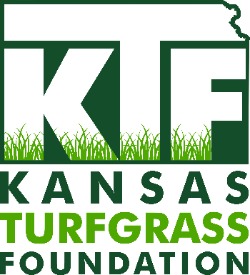Water Use in 30 cultivars of Kentucky Bluegrasses

Summary Points
- Twenty eight cultivars of Kentucky bluegrasses and two Texas bluegrass hybrids were established under a large rainout shelter located in the transition zone.
- Individual cultivars were evaluated in the field from June through September 2007 for their visual quality and total water requirements during repeated drydowns.
- Cultivars in the Compact America and Mid-Atlantic groups generally performed better (higher quality, lesser water requirements) and “Common” types poorer (lower quality, greater water requirements) among phenotypic groups although there was significant variability even among cultivars within each group.
- This study will be repeated in 2008 to integrate effects of climatic variability and to evaluate cultivars in their second year of establishment.
- Greenhouse rooting studies are underway, where genetic rooting potential of the same 30 cultivars, their performances during drydown, recovery after rewetting and finally, root biomass by depth will be evaluated.
- This research is anticipated to produce a list of NTEPs best-performing cultivars of Kentucky bluegrasses into categories with high, medium, and low irrigation requirements.
Project leaders: Dale Bremer, Steve Keeley, Jack Fry, and Jason Lewis, Kansas State University.
This project is funded by the U.S. Golf Association and Turfgrass Producers International.
Publication:
Bremer, D.J., S.J. Keeley, J.D. Fry, and J. Lewis. 2007. Comparative Irrigation Requirements of 30 Cultivars of Kentucky Bluegrasses under a Large Rainout Facility in the Transition Zone. USGA Turfgrass and Environmental Research Summary.



